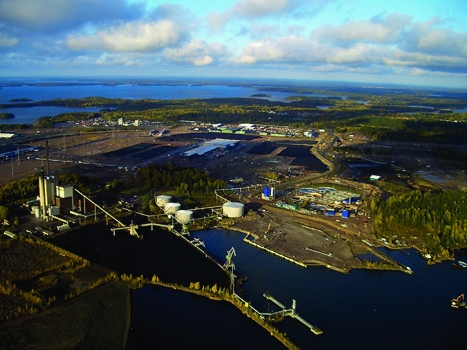Nord Stream: the world's largest gas pipeline
In from the cold: the world’s biggest subsea gas pipeline – linking Russia with Germany – could help avert a European energy crisis.


The presence of Russian state-owned energy giant, Gazprom, is never far away in the streets of Moscow. The company’s ’Dreams Come True’ motto permeates the city’s billboards, magazines and television adverts. But with many countries facing an energy shortage, its influence is now also beginning to creep its way into the western corners of Europe.
Today, the group owns the world’s largest gas reserves and produces a third of the planet’s natural gas. It maintains more than 445,000km of gas pipeline that spans central Europe to Asia. Over the past decade, increases in global energy demand have led to a tightening of the group’s grip on the lucrative gas market – a hold that it is now planning to strengthen with a massively ambitious €7.4bn (£4.8bn) project.
Known as Nord Stream, the project will be the largest subsea pipeline installation in the world. Over the next two years, engineers will lay down two parallel pipelines along the Baltic Sea to transport 55 billion cubic metres of gas throughout Europe each year. The 1,200km route will connect the Russian Baltic Sea coast from Portovaya Bay near Vyborg with the German Baltic Sea coast near Greifswald. Gazprom is in the driving seat with a 51 per stake in the project, which also includes partners Wintershall Holding, E.ON and Nederlandse Gasunie.
Register now to continue reading
Thanks for visiting The Engineer. You’ve now reached your monthly limit of premium content. Register for free to unlock unlimited access to all of our premium content, as well as the latest technology news, industry opinion and special reports.
Benefits of registering
-
In-depth insights and coverage of key emerging trends
-
Unrestricted access to special reports throughout the year
-
Daily technology news delivered straight to your inbox










Water Sector Talent Exodus Could Cripple The Sector
Maybe if things are essential for the running of a country and we want to pay a fair price we should be running these utilities on a not for profit...